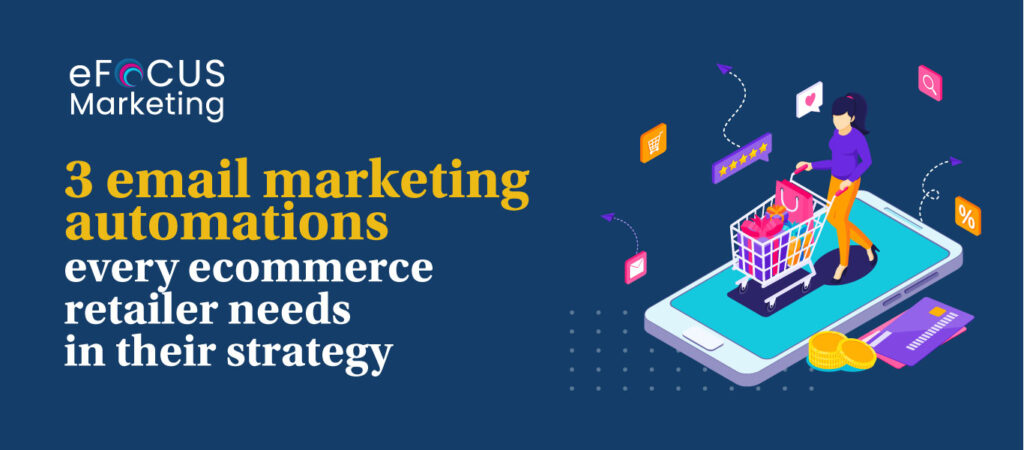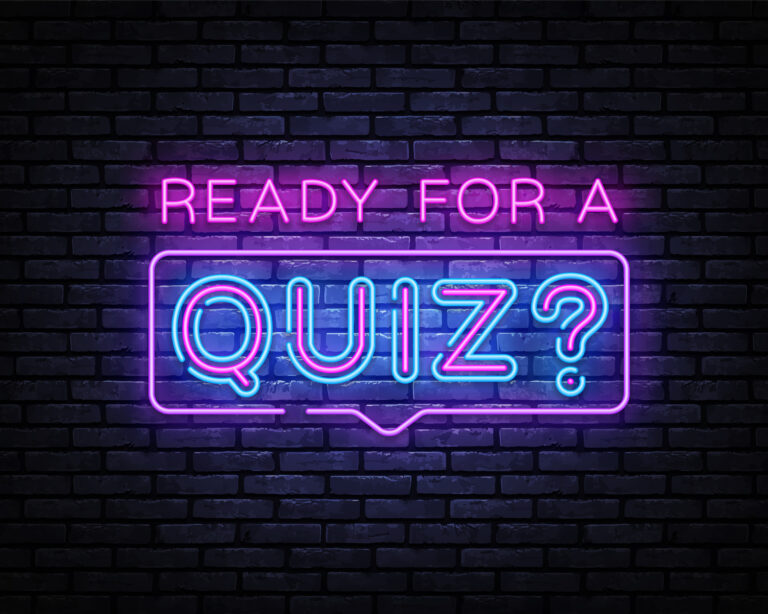Automating your campaigns is a fantastic way to ensure you send your email campaigns at the right time, to the right person
– you just need to decide what the right message is.
Whether based on an action or inaction, automated (aka triggered/drip) email campaigns can be used to target subscribers throughout the five stages of the email marketing lifecycle to move them through to the next stage/action for them.
To do this you need data – you need to understand your data and have it accessible within your email marketing / automation platform to use as trigger, stop and personalisation points for these automated campaigns.
But, with so many fantastic opportunities to engage, excite and convert customers around the lifecycle, where do you start adding and optimising your automated campaigns?
When it comes to ecommerce…here are our top 3 email marketing automated campaigns we suggest you start with to have the maximum initial impact:
1. Abandoned Basket Email Series
According to a survey by CSA, 86% of online shoppers abandoned an item on their carts before checkout (CSA, 2021) and 31% of shoppers plan to buy the items they saw at a later time (Chargebacks911, 2021).
You may already have an abandoned basket campaign, but if this only includes 1 email at the moment, there is a lot more you can do here to support this close-to-converting prospect.
Consider your customers thought process when abandoning their basket; common reasons they may not go on to checkout include:

By extending your series to at least 3 emails and building your message over this series, you can help support the customer through their decision process, allay fear and address some of the common reasons they may be abandoning, build excitement, stay top of mind, offer additional support or recommend other items they may like, for example.
As you move further away from the point of abandonment, consider how the subscriber behaviour will change and adapt your content to account for this (e.g. other product recommendations may appear in email 3 when subscribers may have already gone on to purchase elsewhere or changed their mind).

2. Abandoned Browse Email Series
When a website visitor (who is also already an opted in email subscriber on your list) browses product pages, content or anything else on your website and then doesn’t go on to make a purchase, you can trigger a (series of) email(s) to encourage them back to continue and (hopefully) make a purchase.
You can also use the data from their behaviour on the website to serve up relevant product recommendations (based on product/category they were browsing) or content to support their decision-making process (such as FAQ’s, how to contact support, inspiration content).
3. Welcome Email / On-boarding Email Series
So far, we’ve looked at two series that are about as close to the buying stage of the customer lifecycle as is possible, but now let’s go back to the beginning. The first time a prospect registers for your email program.
This is your chance to make a great first impression, and particularly for ecommerce businesses, not only to introduce your brand and the key benefits available to the subscriber, but to also encourage their first purchase.
Focus on the first 24 hours and first 30 days after someone subscribes and consider what the end goal of your series is; most likely to convert them to a purchase. Then work backwards – what do they need to know/see/view/explore before they will be ready for that. In a lot of cases, this action can be encouraged from the very first email, but if not, build up your series and nurture your prospect through to conversion.
Consider your timing between emails, content in each and how the series may branch off or change based on new data points as the subscriber completes more actions with your company.
And don’t forget to create your campaign hierarchy to keep track of which campaigns will be triggered when and to whom so that you can stop and start new automations as the subscriber behaviour evolves.
That’s it! Email marketing automations! How will you use them in your strategy?




